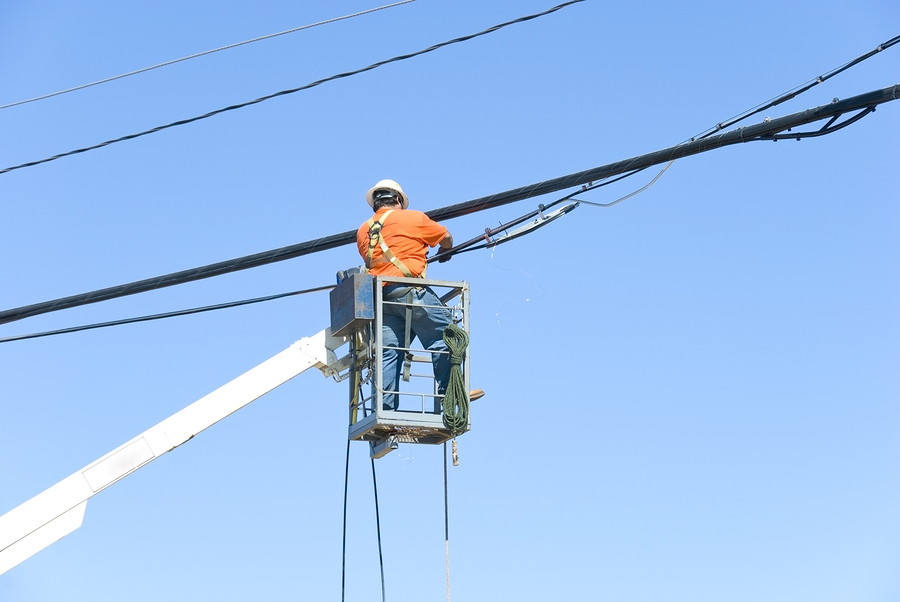In 2000, suicide was the 8th leading cause of death. And while it has remained relatively high for decades, the reasons have changed. Case in point: while mental and addictive disorders (drugs and alcohol) are normally thought of as key risk factors for suicide and suicidal behavior, scientists have been postulating that there also might be a link between extremely low-frequency electromagnetic fields (EMFs) and suicide, as well (because of the link between exposure to EMFs and depression).
RELATED STORY:
And so, based on previous observations that these exposures “alter the daily rhythm of pineal melatonin production and excretion in rats,”1 scientists Edwin van Wijngaarden, David A Savitz, Robert C Kleckner, Jianwen Cai, and Dana Loomis set out to “examine mortality from suicide in relation to estimated exposure to extremely low-frequency electromagnetic fields in a cohort of138,905 male electric utility workers.”2
They published their findings in the Western Journal of Medicine. To read the entire study, click here.
RELATED STORY:
“We conducted a case-control study to consider the risk of suicide for electric utility workers for whom individual estimates of exposure to magnetic fields were obtained based on job titles. The study population of 5,884 subjects was obtained from a cohort of 138,905 men in the original mortality study. Knowledge about the relation between exposure to magnetic fields and suicide is extended through the analysis by time windows, distinguishing possible acute and chronic effects of exposure. Also, analyses were performed for separate age categories. People in different age categories may be more or less vulnerable to the effects of exposure to EMFs because the nature of depression seems to change with age.”3
For the study, an eligible worker had to be employed full-time at one of 5 electric power companies in the U.S. between January 1, 1950, and December 31, 1986, with a total of at least 6 months of continuous employment4(women were excluded from the study because they are rarely employed in the jobs that the team had the most interest in studying). The workers were classified into 4 categories of social class: upper white collar, lower white-collar, skilled blue-collar, and unskilled blue collar workers.5 And the 5 participating electric utility companies were divided into 2 groups, depending on their location in the United States. One company was located in the western United States, and the other companies were in the eastern United States.6(Again, for a complete explanation of the study, including a breakdown of all the categories and numbers, click here.)
RELATED STORY:
Some of their results:
- Nearly 87% of the men who committed suicide were white, and most deaths occurred from 1980 to 1988.7
- Fifty-three percent of all suicide deaths occurred before age 50. Of the 3,502 deaths in this age group in the original cohort, 286 (8.2%) were due to suicide.8
- Men younger than 50 years with recent exposure above the median had notably higher ORs (odds ratios): 2.39 (95% CI, 1.00-5.69) for men younger than 35 years and 3.62(95% CI, 1.41-9.29) for men aged 35 to 49 years.9
- Men employed as electricians, and to a lesser extent as line workers, seemed to be at increased risk, broadly consistent with indications of increased incidences of diagnosed depression and several depressive symptoms in electricians.10
- Power plant operators did not show increased risks.11
- Employed men had a substantially decreased risk of suicide.12
- Exposure to sunlight at the workplace seemed to have a small positive association with the risk of suicide.13
- An association between recent exposure to EMFs and suicide was found in younger but not older workers, suggesting that younger people may be more vulnerable to the effects of exposure to EMFs.14
The results of the study provide enough evidence to suggest there is an association between cumulative exposure of extremely low-frequency EMFs and suicide, especially among younger workers, and the authors believe more study is needed. In the future, any studies should attempt to resolve the issue of exposure and its effects over weeks or months as well as a deeper study into the issue of melatonin and how it relates to depression.












